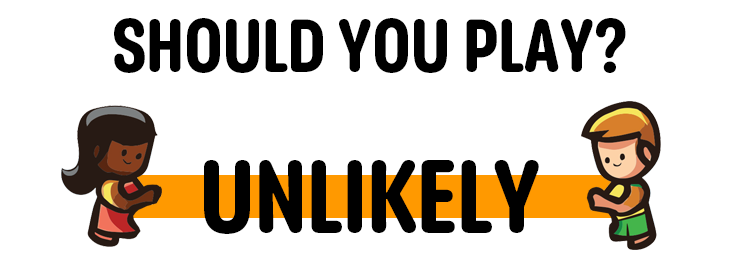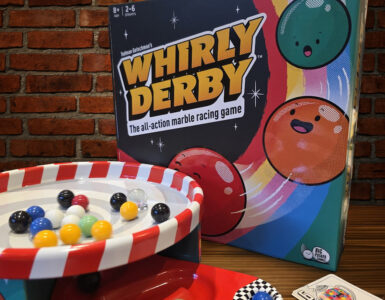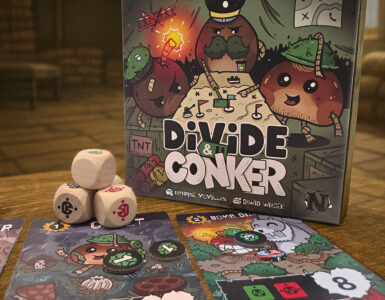Today we’re going to be talking about Marvel Villainous. Having massively enjoyed Disney Villainous: Unstoppable, the junior version of Villainous, I was desperate along with the boys to check out some of the “proper” Villainous sets. Now, firstly, the way Villainous works is a little confusing compared to other systems. Essentially there are three different types of Villainous: Disney, Marvel and Star Wars. What I didn’t realise until I started looking into the sets is that those three things aren’t compatible. Which, if you ask me, is completely bonkers. If you look at something like Unmatched, all the different characters from all of the different sets can be thrown together and still work perfectly. Why on earth Villainous decided to keep Disney, Marvel and Star Wars in their own lanes with their own slightly different rules is beyond me, but okay, whatever, let’s go with it.
So I ordered two sets. I grabbed Marvel Villainous because the boys have just been watching the Guardians of the Galaxy films and are pretty into Marvel at the moment, and I already had Disney Villainous: Introduction to Evil. Another thing worth noting, which is also a bit weird, is that Disney Villainous: The Worst Takes It All and Disney Villainous: Introduction to Evil are basically the same base set, except Introduction to Evil has two fewer characters. I definitely didn’t realise that when I bought it, so already I felt like I was starting off on the wrong foot and they definitely could do better at getting that across.
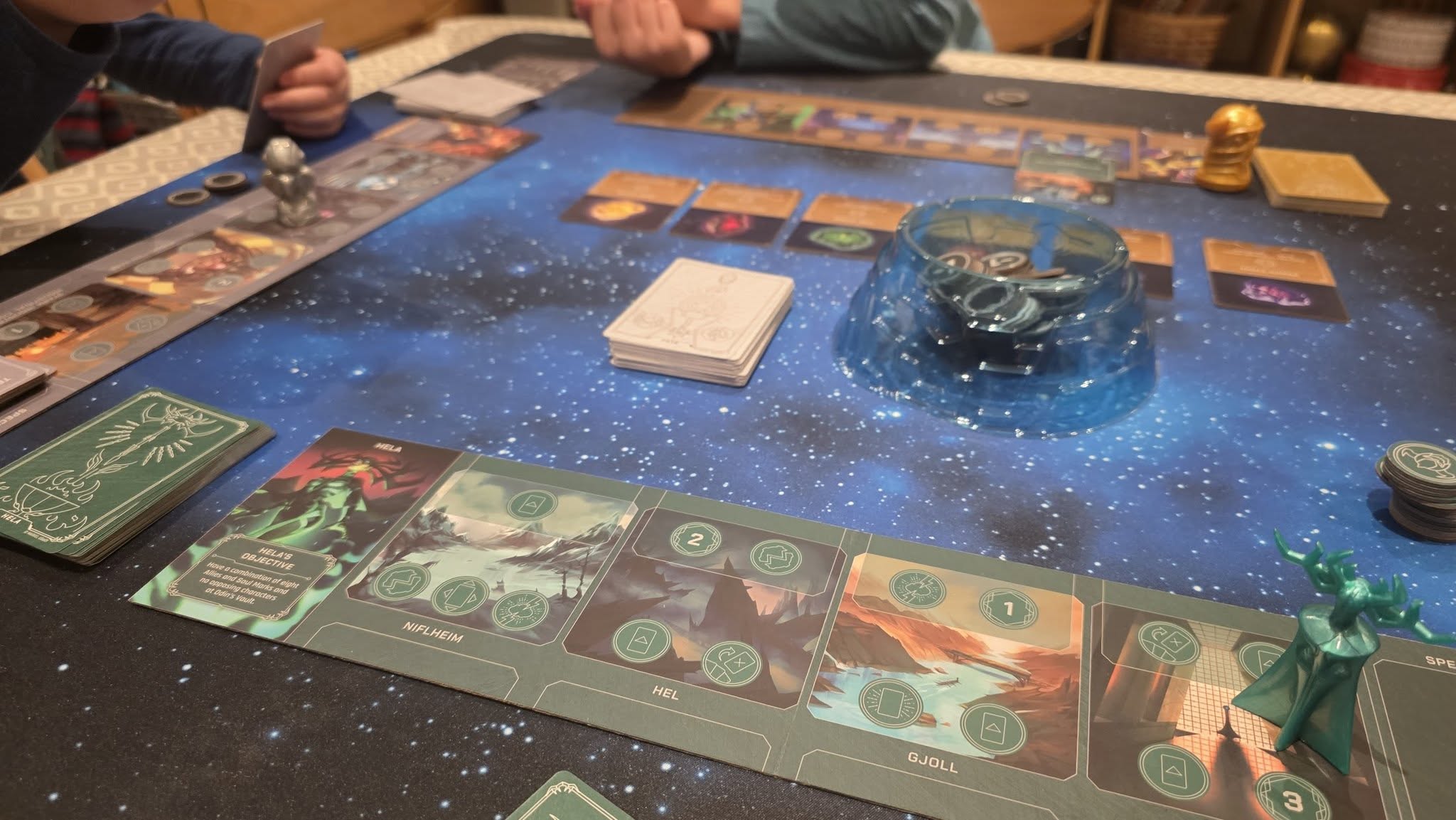
Anyway, with that out of the way, you’ve probably realised that today we’re focusing on Marvel Villainous. This box comes with five characters: Thanos, Hela, Ultron, Killmonger and Taskmaster.
So how does it actually play? Well, each villain has their own player board representing their domain, a deck of cards, and a personal objective. The aim is to complete your villain’s objective before anyone else manages theirs. For example, Thanos needs to gather all of the Infinity Stones, while Ultron is trying to upgrade himself and control drones. It means that no two villains play the same way, and in theory that should feel really thematic and exciting.
On your turn you move your pawn to a different location on your board, and that gives you access to the actions shown there. These let you do things like gain power (the game’s currency), play cards, draw cards, or activate abilities. Each villain’s deck is a mix of allies, items and effects that help you push towards your objective. The main bit of player interaction comes through the Fate deck. When someone uses a Fate action against you, they flip over cards that represent heroes, events or annoyances, which can be dropped into your domain to mess up your plans.
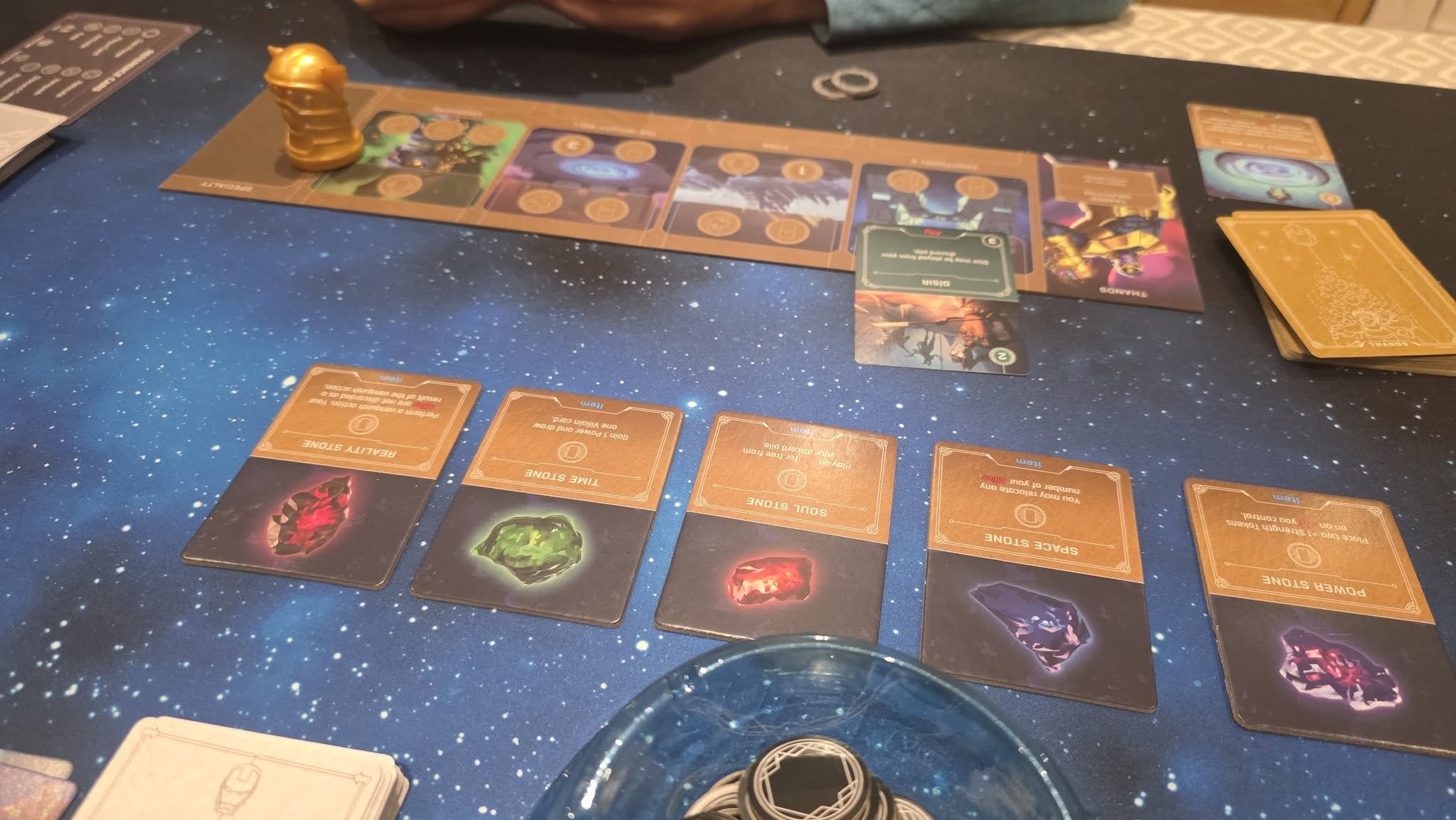
It’s not a complicated game once you get going, but it does take a round or two to click, and it definitely feels like you’re playing more against your own deck and board than against other players. The amount of times I couldn’t do what I wanted to do because my marker wasn’t in the right place as opposed to an issue caused by an opponent.
Components are a mixed bag. The villain pawns are lovely, made of a nice vinyl-like material and each shaped to fit their character. The cards are solid and the player boards are decent quality too. The little cauldron (or “vault” in this version) that stores the power tokens is a vacuum-formed bit of plastic and, honestly, could do with being a bit sturdier.
To be honest we didn’t massively gel with this. It was okay, but I much preferred playing Disney Villainous: Unstoppable to the adult version. There’s quite a lot of busywork here. You’re moving things around, playing cards, nudging resources about, but it never really feels like you’re pulling off a huge, villainous power move. It’s more like you’re slowly grinding away until you’ve eventually ticked all the boxes you need. When you’re playing as characters who are meant to be super powerful Marvel villains, it just doesn’t come across that way. And while the Fate deck gives you a bit of interaction, it’s not much. Most of the time you’re stuck in your own little bubble, chipping away at your own puzzle.
Normally, I’m lucky that my kids are all so up for games. As I’m sure regulars here will know, we’re pushing 600 reviews and it’s very rare for one of them to lose interest halfway through. But this time Toby (who is seven, though the game is recommended for 12+) did start to drift. And this is Toby we’re talking about, the same kid who normally plays games far above his age range without blinking.
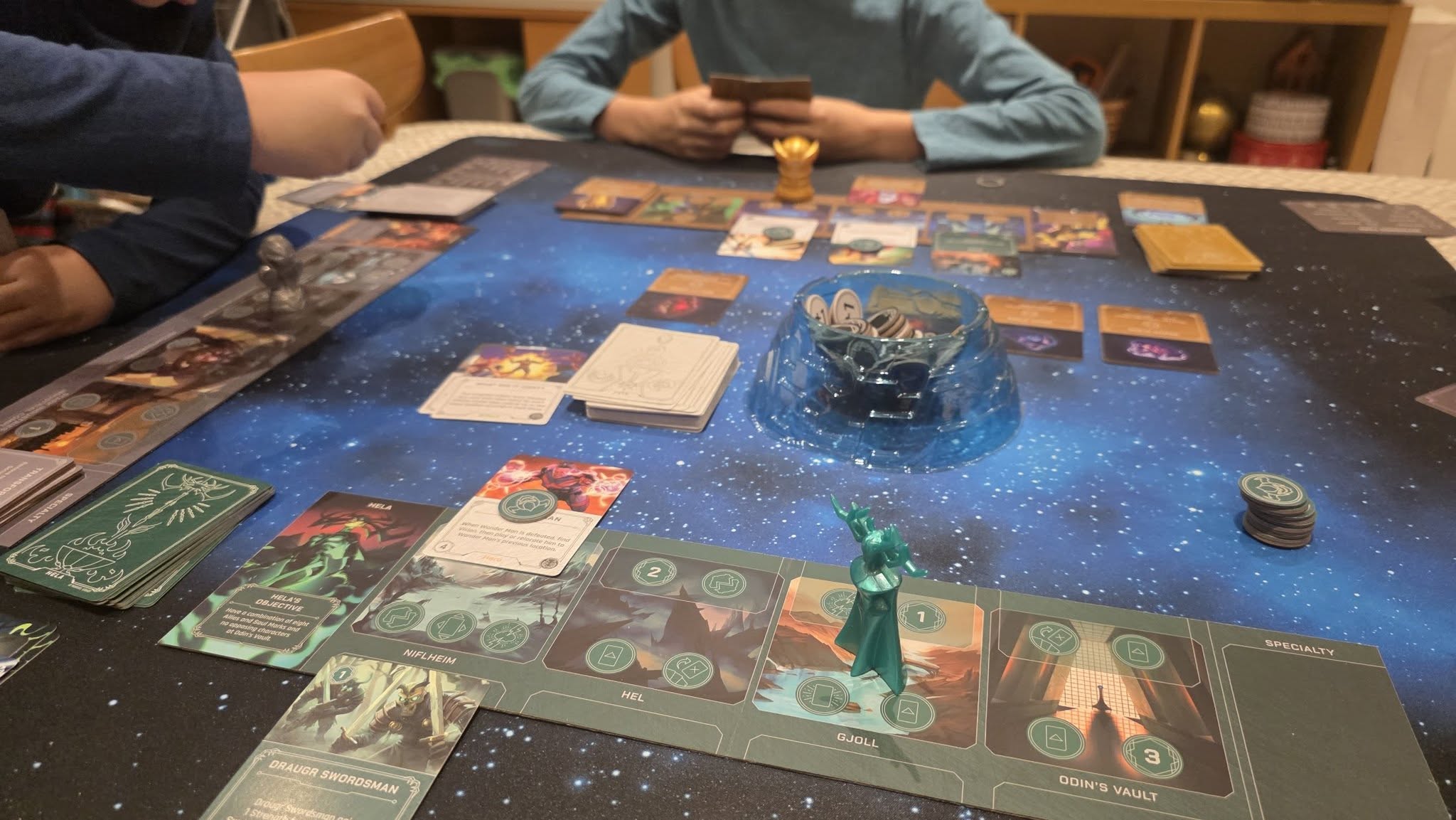
Having done a bit more research since, it seems like I’m not alone. Marvel Villainous is generally regarded as the weakest of the three Villainous lines. So my plan is to get Disney Villainous on the table with the boys soon and see if we gel with that version more, because it seems to be the fan favourite.
As it stands though, I’ll go back to saying that Disney Villainous: Unstoppable was far more enjoyable for us. I’d 100% recommend starting there if you want a lighter, more engaging version of this idea, and I’ll report back once we’ve given one of the full Disney sets a proper run.
